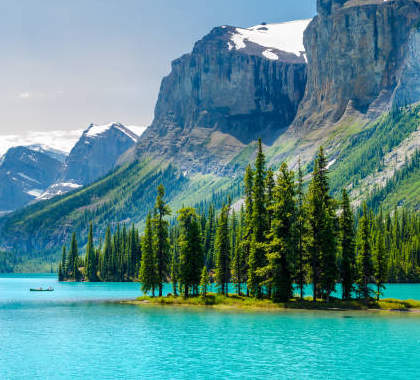
| # | City | Population | Area (km 2) | Livability Score |
| 1 | Vancouver | 694,440 | 115 | 78 |
| 2 | Surrey | 560,150 | 316 | 78 |
| 3 | Burnaby | 258,827 | 91 | 74 |
| 4 | Richmond | 222,489 | 129 | 75 |
| 5 | Abbotsford | 160,174 | 376 | 72 |
| 6 | Coquitlam | 159,980 | 122 | 69 |
| 7 | Kelowna | 145,612 | 212 | 77 |
| 8 | Langley | 132,088 | 10 | 84 |
| 9 | Saanich | 125,800 | 104 | 85 |
| 10 | Delta | 112,691 | 180 | 80 |
| 11 | Nanaimo | 101,513 | 91 | 74 |
| 12 | Kamloops | 101,505 | 299 | 70 |
| 13 | Chilliwack | 95,663 | 262 | 60 |
| 14 | North Vancouver | 94,662 | 161 | 61 |
| 15 | Victoria | 94,229 | 19 | 71 |
| Statistic | Value |
| Population | 5,149,422 |
| Population Density | 5 ppl. / sq. mi. |
| Median Age | 42 |
| Male To Female Ratio | 1.02 : 0 |
| Married (15yrs & older) | 70.63% |
| Families w/ Kids under 18 | 41.02% |
| Speak English | 89.72% |
| Statistic | Value |
| Median Household Income | $86,325 |
| Unemployment Rate | 4% |
| No Certificate | 14% |
| Completed High School | 85.93% |
| Bachelors Degree | 18% |
| Masters Degree | 9% |
| Avg. School Score | 63% |
| # | City | Population | Area (km 2) | Livability Score |
| 1 | Oak Bay | 18,885 | 11 | 88 |
| 2 | New Westminster | 82,940 | 16 | 86 |
| 3 | Sidney | 12,386 | 5 | 85 |
| 4 | Saanich | 125,800 | 104 | 85 |
| 5 | Langley | 132,088 | 10 | 84 |
| 6 | Gibsons | 5,090 | 4 | 83 |
| 7 | Colwood | 19,837 | 18 | 83 |
| 8 | Fort St. John | 21,858 | 26 | 82 |
| 9 | Mission 1 | 613 | 0 | 81 |
| 10 | Parksville | 13,705 | 15 | 81 |
| 11 | Burrard Inlet 3 | 2,132 | 1 | 81 |
| 12 | Esquimalt | 21,191 | 7 | 81 |
| 13 | Revelstoke | 8,635 | 41 | 81 |
| 14 | Port Coquitlam | 66,485 | 29 | 80 |
| 15 | Peachland | 6,336 | 16 | 80 |
Ethnically diverse and culturally rich, British Columbia is the province with the third highest population. It is home to Vancouver, the largest metropolitan area in Canada’s western provinces and the third largest in the nation. Bordered by the Pacific Ocean and the Rocky Mountains, B.C. also boasts a wide variety of wildlife, with numerous nature preserves and national parks. There’s plenty in this province to attract both the urban adventurist and the outdoor enthusiast.
The region’s population includes people of the First Nations and immigrants from all over, yielding a vibrant, eclectic culture. Festivals, music events and outdoor recreation are just a few of the activities that regularly draw visitors from all over to this area. British Columbia has a wealth of industry spanning a broad range of categories. These include mining, agriculture, tourism, finance, retail and other service industry related businesses.
The province’s bustling economy is matched by a busy real estate market. About half of the population living in British Columbia live in and around the Vancouver metro region. The southern portion of Vancouver Island is another population hot-spot. While the region’s real estate market features many luxury homes for purchase, lease and rent, it also has a wide range of more affordable family homes. Having said that, real estate in Vancouver is some of the most expensive in the country. Quality health care and education are among the key elements that lead so many families to choose British Columbia. The climate varies from fairly mild winters in the coastal regions to seriously cold in the northern interior regions. Summers tend to be temperate, with rain varying according to region.
The attractions that bring tourists to the region are also part of what makes this part of Canada a wonderful place to live. Vancouver is the region’s cultural center, offering a wealth of culture, arts and entertainment. Popular destinations for locals and tourists alike include the Vancouver Art Gallery, the Museum of Anthropology and the Vancouver Aquarium. Nature lovers will revel in the region’s majestic national parks and nature reserves. Hiking, horseback riding, water sports and biking are among the favored outdoor activities in British Columbia.